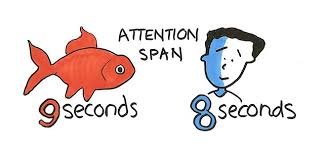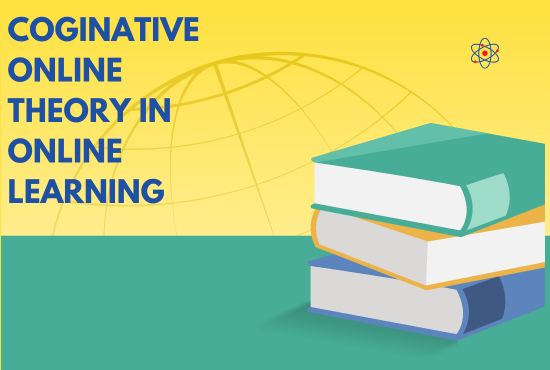The Rise of Microlearning: Why Short, Focused Lessons are the Future
Updated: 04 Jul 2025
The Rise of Microlearning: Why Short, Focused Lessons Are the Future
In today’s fast-paced, information-rich world, traditional learning methods often struggle to keep up with the demands of modern learners. Enter microlearning—an educational approach that is taking the digital learning space by storm. By breaking down complex topics into smaller, bite-sized lessons, microlearning caters to shorter attention spans and offers a more efficient, accessible learning experience. As businesses, educators, and learners embrace this trend, microlearning is quickly emerging as the future of education and training.
What Is Microlearning?
What Is Microlearning?
Microlearning is a teaching method tha
Microlearning is a teaching method that delivers content in small, focused segments. Rather than offering lengthy lessons that require extended time commitments, microlearning focuses on concise bursts of information. These lessons can be as short as a few seconds to around 10-15 minutes, making them easy to consume on the go, especially in today’s mobile-driven world.
The content is often presented in formats such as videos, infographics, quizzes, and even interactive exercises. The key to microlearning’s success lies in its simplicity and its ability to focus on a single concept or skill at a time. This method encourages learners to absorb information at their own pace, on their own terms, and with minimal distraction.

Why Microlearning is Gaining Popularity
1. Addressing Short Attention Spans
In an era dominated by smartphones, social media, and constant notifications, attention spans have significantly shortened. Research shows that people now have an average attention span of just eight seconds—far less than the 12-second average in the year 2000. Microlearning plays to this trend by offering lessons that are short enough to hold attention but still rich in valuable content.
By delivering information in small, digestible pieces, microlearning allows learners to absorb material without feeling overwhelmed. It also gives them the flexibility to revisit lessons whenever they need a refresher.

2. Learning on the Go
With more people working remotely and managing busy schedules, traditional learning methods that require long, uninterrupted study sessions are becoming less practical. Microlearning fits perfectly into this new landscape, offering learners the flexibility to engage with content during small pockets of time throughout their day. Whether on a commute, during a break at work, or while waiting for an appointment, learners can engage with lessons without interrupting their routine.

3. Increased Retention and Engagement
Microlearning’s ability to focus on one specific topic at a time boosts retention rates. By reducing cognitive overload and presenting information in small chunks, learners can better process and retain what they’ve learned. Additionally, because microlearning is often designed to be interactive and engaging, it keeps learners motivated and encourages them to keep coming back for more.
Studies show that learners are more likely to complete short, interactive lessons than lengthy courses that demand extended commitment. This makes microlearning an ideal approach for businesses looking to improve employee training or for individuals trying to learn new skills without committing to a full-scale course.

4. Cost-Effective and Scalable
For organizations, microlearning offers a cost-effective alternative to traditional training programs. Instead of investing in long, expensive training sessions or courses, companies can develop short, focused lessons that can be easily scaled across teams or departments. These lessons can be reused, updated, and adapted as needed, making it a more sustainable solution for continuous employee development.

5. Personalized Learning Paths
One of the biggest advantages of microlearning is its ability to personalize the learning experience. With traditional learning methods, it can be difficult to cater to the varying skill levels and needs of different learners. However, microlearning allows users to choose what to learn based on their specific needs and goals.
With personalized learning paths, learners can focus on the subjects that matter most to them, mastering each concept at their own pace. This flexibility and customization result in higher engagement and a more effective learning experience overall.

The Future of Learning: Microlearning’s Impact on Education and Training
As microlearning continues to evolve, it is poised to revolutionize both corporate training and personal education. By providing a more adaptable, efficient, and engaging way to learn, this approach empowers learners to take control of their educational journeys.
For businesses, microlearning is likely to become a cornerstone of training programs. Its accessibility, ease of implementation, and proven impact on retention make it an invaluable tool for developing skilled employees. In education, microlearning can bridge the gap between traditional classroom settings and the needs of modern learners by offering short, interactive, and personalized lessons.

6. Enhancing Lifelong Learning
In an increasingly competitive job market, lifelong learning has become essential. With the constant evolution of technology, workers need to stay up-to-date with new skills. Microlearning offers a way to support lifelong learning by providing easy-to-access, focused content that can be quickly consumed and applied in real-life scenarios. Whether learning a new software, improving communication skills, or mastering a language, microlearning facilitates continuous growth without overwhelming the learner.

Conclusion
Microlearning is more than just a trend—it is an effective, flexible, and future-forward approach to education that aligns with the fast-paced demands of modern life. Its ability to deliver focused, engaging lessons in small doses makes it an attractive option for individuals and organizations looking to stay ahead in today’s ever-evolving world.
As technology continues to shape the future of learning, microlearning is set to play a significant role in making education more accessible, engaging, and tailored to the needs of each learner. With its emphasis on short, impactful lessons, microlearning is the future of learning—one bite-sized lesson at a time.





